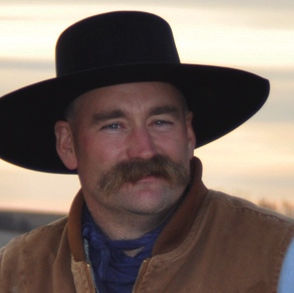100 years later—what has changed?
I recently completed an enjoyable evening in Kansas with the 100-year celebration of the Sedgwick County Farm Bureau in Wichita. It is the third such celebration that I have been a part of and one must tip his hat to any organization that can survive for 100 years.
The group did a great job getting elected officials including county commissioners and congressmen to come spend time with their constituents. Obviously continued advocacy is the theme and the direction ag groups are headed. Hopefully we don’t make it more difficult than it actually is.
I know for a fact that most people think advocating for ag means traveling the country and speaking to groups of 1,000 people. While there is nothing wrong with that, the truth of the matter is that the best advocates are those who talk to one person every day. Honestly, it is the conversations you have in your family and extended family that are the most impactful.
I can’t tell you how many times farmers have come up to me after a presentation and shared their frustration that their own kids who left the farm have fallen into that trap of misinformation. Look, if we can’t keep our own kin in the know about the safety and efficiency of modern food production, who else are we going to convince?
So I did a little digging as I went into these birthday celebrations on what life was like in the United States in 1918. By the end of 1918, the U.S. was considered the wealthiest country in the world. On the heels of World War I, we had plenty of resources and farm production was skyrocketing to meet the demand because European countries couldn’t feed themselves.
In fact, U.S. farm commodities were worth so much that Congress enacted an ag commodity “tariff to protect the U.S. economy.” Another issue that the federal government had to deal with in 1918 was massive immigration. Due to the fact that food and the overall economy were flourishing, tons of people wanted to migrate to the U.S. That led to the implementation of the 1918 Dillingham-Hardwick Act. Interesting to note this reportedly was the first cap on immigration to the U.S. It was designed to keep the anarchists out of the country. I think we call them terrorists today.
So I ask you what has really changed in the U.S. in 100 years. Obviously we are looking at a very small sector of the country but the truth of the matter is that very little has changed. I do know this: if we as individual citizens do not exercise our right to be heard and make sure our elected officials know what we think, changes will not be good.
One other issue that loomed in 1918 was the global influenza epidemic. While World War I reportedly claimed 16 million lives, the 1918 influenza virus claimed the life of 60 million people worldwide. I sit here today wondering how Congress would act if such a disaster were to hit today. We would have massive numbers of folks calling for new laws to prevent such natural occurrences.
At the end of the day we must sit back and realize that, thanks to the efforts of individual citizens willing to fight for the truth, we enjoy the highest quality of life of any humans on the planet.
The issues may never be any different and, to be honest, the only “issue” I worry about affecting us negatively is when life gets so good that complacency becomes wide spread and we lose the ground we’ve worked hard to attain. I don’t plan to allow that on my watch and any organization that sticks around for 100 years is likely of that same philosophy. Congrats to every ag organization that is celebrating a milestone year and best of luck in keeping it forward moving.
Editor’s note: Trent Loos is a sixth generation United States farmer, host of the daily radio show, Loos Tales, and founder of Faces of Agriculture, a non-profit organization putting the human element back into the production of food. Get more information at www.LoosTales.com, or email Trent at [email protected].
